Asparagus is consumed because of its exceptional taste and medicinal properties for nearly 2000 years now. It comes from the Eastern Mediterranean region. Different varieties are found in North and South Africa, also cultivated in Egypt. Asparagus grows as a weed in southern Russia and Poland, as well as along the coast of England.
Asparagus was rediscovered and popularized again in the 18th century by Louis XIV. With its unconventional taste impressed the Sun King. That is why asparagus received the name "royal vegetable", and even today impressrd connoisseurs of exquisite taste.
Today, asparagus is grown in parts of the world with temperate and subtropical climates. Commercially. It is grown in the United States, Mexico, Peru, France, Spain and some Mediterranean countries.
Asparagus is a perennial garden plant belonging to the family of lilies. Asparagus shoots are fleshy, ending with nodular heads. They are considered a luxury vegetable, because of their succulent taste and tender texture. Asparagus is harvested in the spring when it is 6 to 8 inches high.

Composition of asparagus
Asparagus is an excellent source of vitamin K, folic acid, vitamin C, vitamin A. They are also very good source of vitamins of group B, including vitamin B1, B2, B3 and B6, as well as dietary fiber, manganese, copper, phosphorus, potassium and proteins. 180 g asparagus contains 43.2 calories and 4.66 grams of protein.
There are about 3, 000 species of asparagus, but the market most often has only three species. These are white, violet and green.
While most common varieties of asparagus are with green color, there are two other varieties of edible.
White asparagus comes with a delicate flavor and tender texture, being grown underground, thus stopping the development of chlorophyll content, which is the reason for their distinctive white color. One of the largest producers of white asparagus is the Netherlands, where this vegetable is deeply rooted in traditional cuisine. They are usually found preserved but can be found fresh. This type is more expensive than the green variety.
Another type of asparagus is purple. These are much smaller than the green or white varieties (usually only 2 to 3 inches tall) and have a fruity taste. This type contains plant substances called anthocyanins, which gives it a purple color.

Selecting and storing asparagus
When choosing asparagus, you should check that the stems are rounded, not fat and twisted. You can buy fragile asparagus, with thin deep green or purple stems. Yellowish color can be a sign of an old vegetable. Long asparagus is also not preferable because it increases the weight, but not the benefits.
Asparagus should be used within a day or two after buying, to keep the taste qualities contact. They are stored in the fridge with the ends wrapped in a damp cloth, away from the light as folic acid is destroyed by exposure to air, heat and light.
To preserve the flavor of asparagus for a long time, they should be frozen raw in plastic bags. They can last up to 6-7 months.
Culinary use of asparagus
When asparagus is still young, all you have to do is to cut off their stems slightly. Older stems begin to thicken, which requires careful peeling in the direction of the buds at the base.
Asparagus can be eaten fresh, roasted, boiled, grilled or steamed.
Prepare them lying in a deep pot with salted boiling water for about 5 minutes, then immediately pour cold water over, to stop the boiling and retain their fresh color. Asparagus tips can be consumed raw in a salad. The taste of asparagus is complemented by wonderful Hollandaise sauce, pure butter or a slice of prosciutto. Asparagus is delicious, baked in the oven with a few drops of olive oil and served with cheese of your choice.

Asparagus can be served hot or cold. While it is not necessary to peel, you should cut their fiber base before cooking.
Benefits of Asparagus
Folic acid is essential for the health of the cardiovascular system. It participates in the melatonin and biogeochemical cycles, in which a methyl group - one carbon atom and three hydrogen atoms are transferred from one molecule to another. It is estimated that consumption of 400 mcg per day reduces the risk of heart attacks. Just one serving of asparagus supplies almost 66% of the recommended daily intake.
Asparagus is a good source of potassium and sodium. The mineral profile of asparagus is coupled with active amino acid - asparagine, gives asparagus a diuretic effect. They are used to treat problems of swelling, arthritis and rheumatism.
Asparagus helps in the fight against birth defects. In the early stages of pregnancy asparagus is a common addition to meals. One serving of asparagus supplies approximately 263 mcg folic acid and vitamin B, which are essential for proper cell division, which is necessary for DNA synthesis. Too little folic acid during pregnancy are linked to defects in birth, including neural tube defects such as spina bifida.
Dangers of asparagus
Asparagus contains an asparagine substance that is too acidic in nature and irritates the stomach lining. Asparagus contains natural substances called purines. In some people who are susceptible to purine problems, excessive intake of these substances, through asparagus can cause health problems.
Over-accumulation of purines in the body can lead to excess accumulation of uric acid. Therefore, people with kidney problems or gout should limit or avoid intake of purine-containing foods such as asparagus.
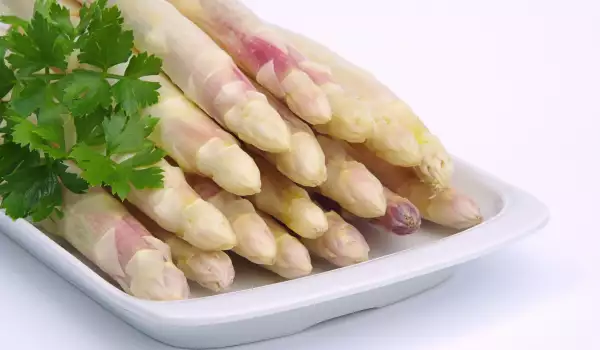
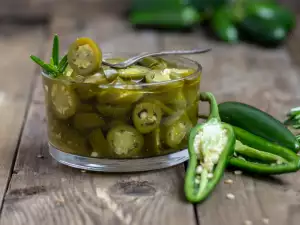
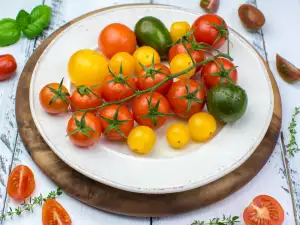
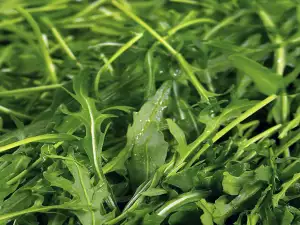
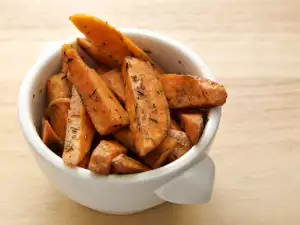
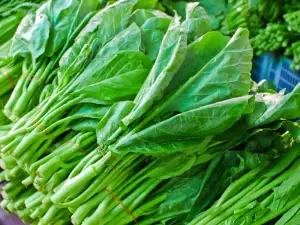

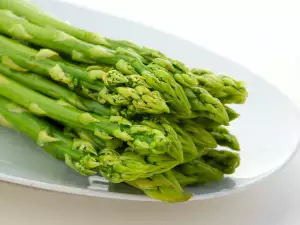












Comments